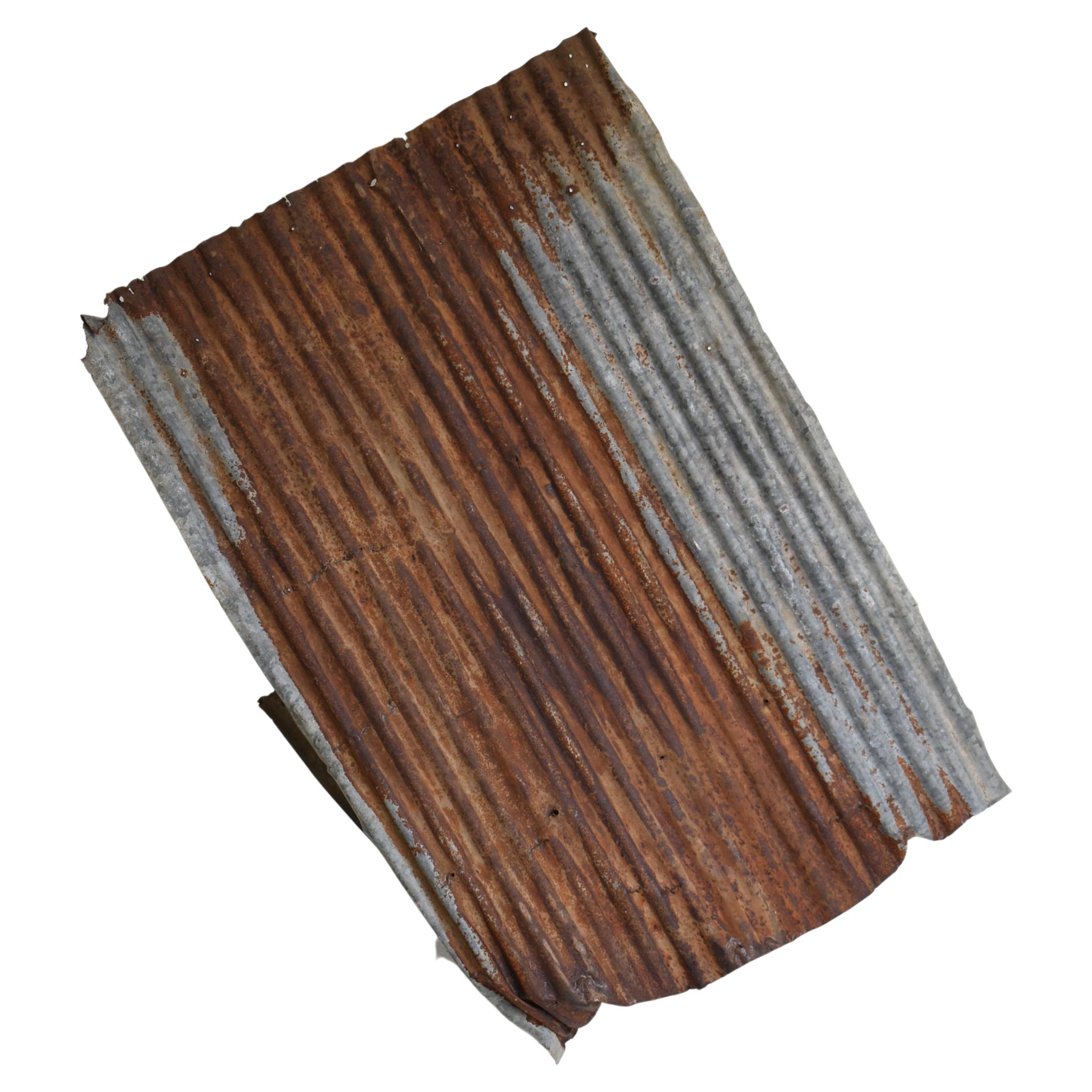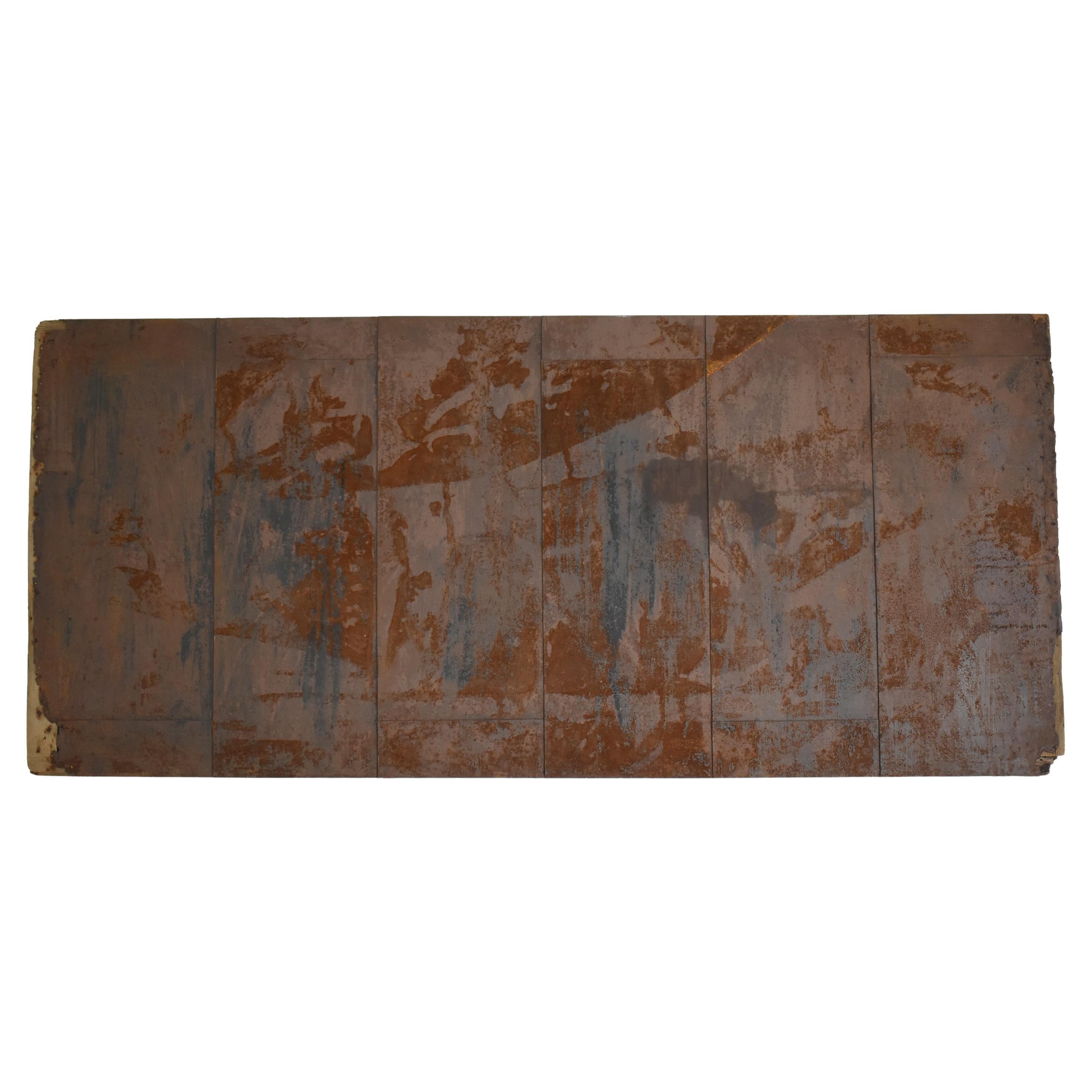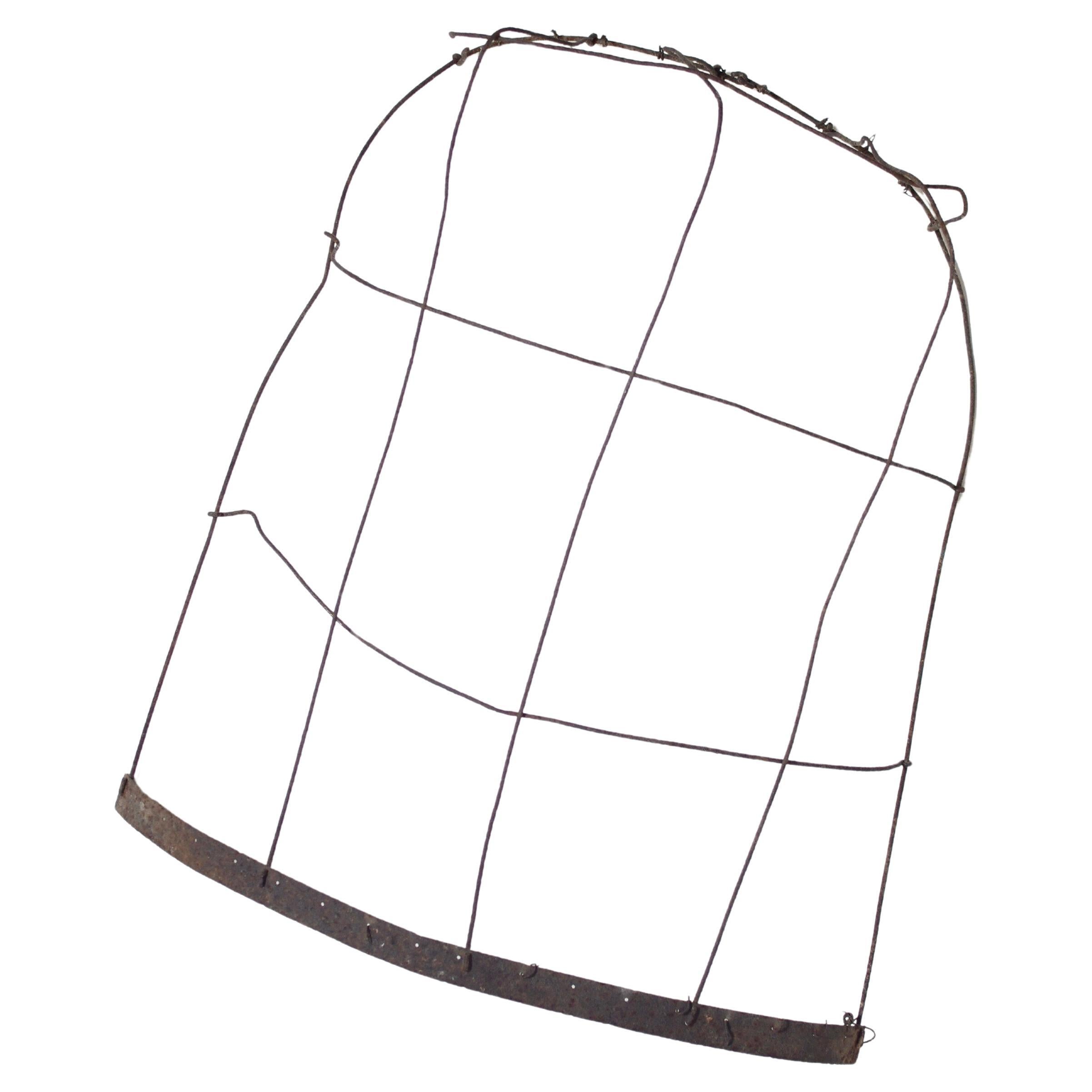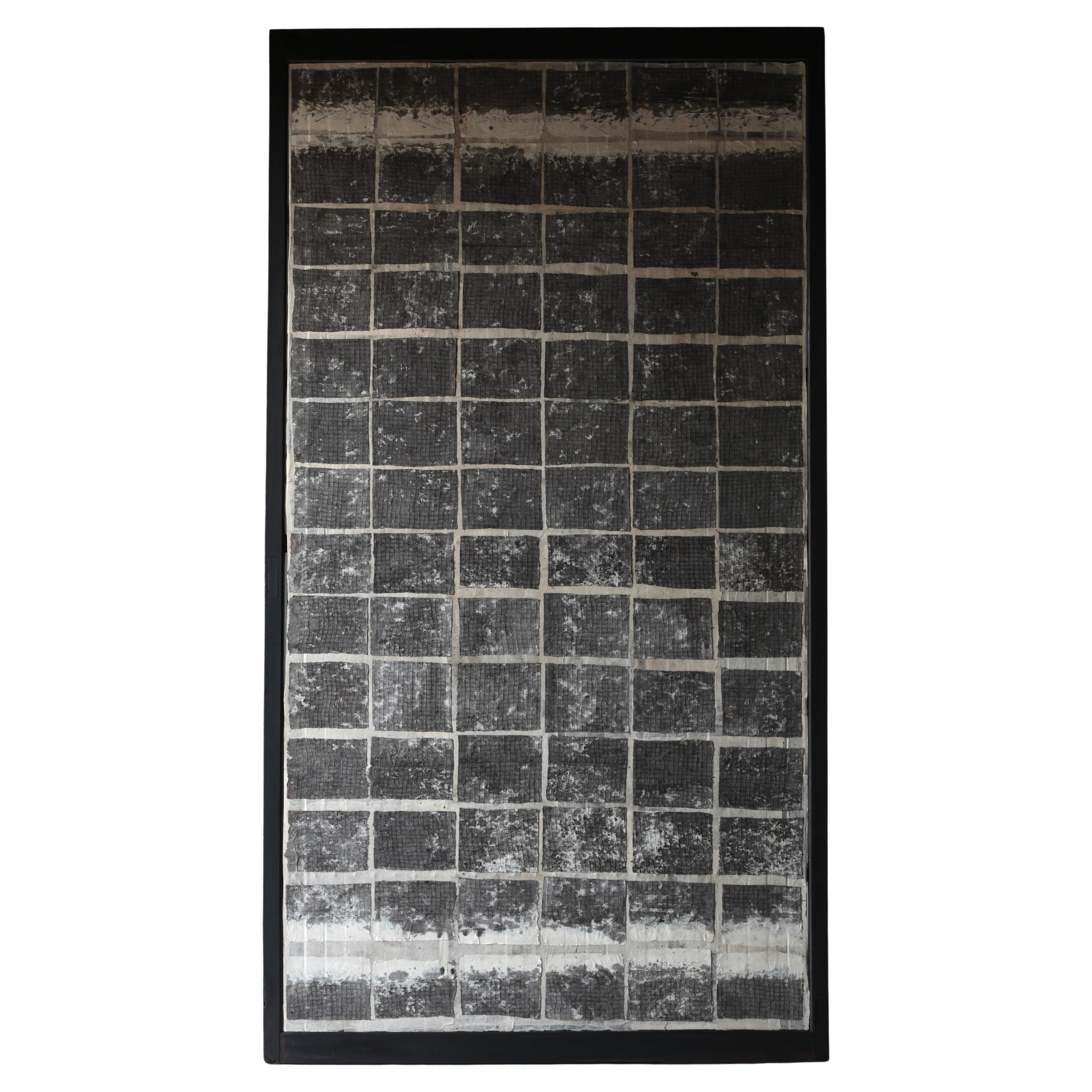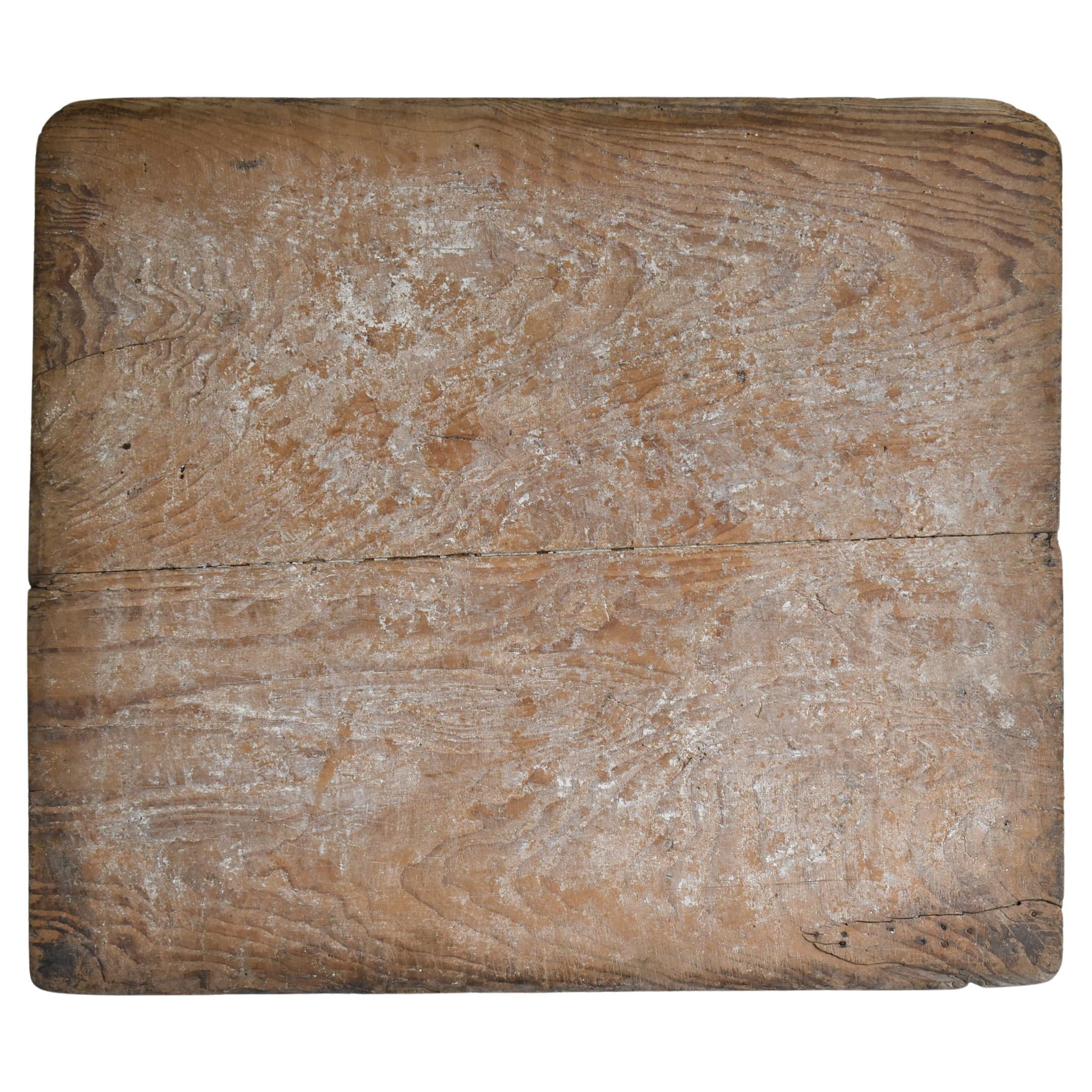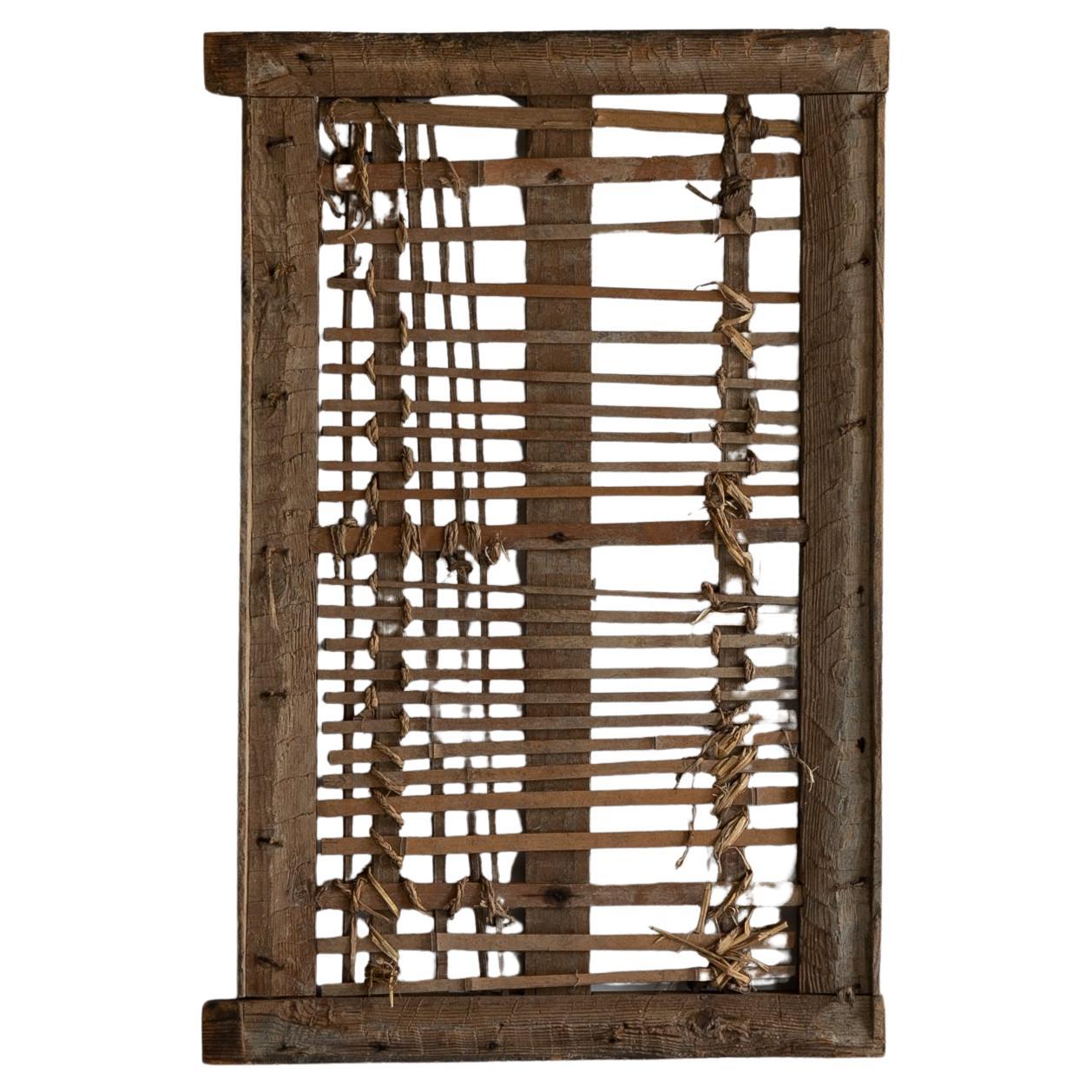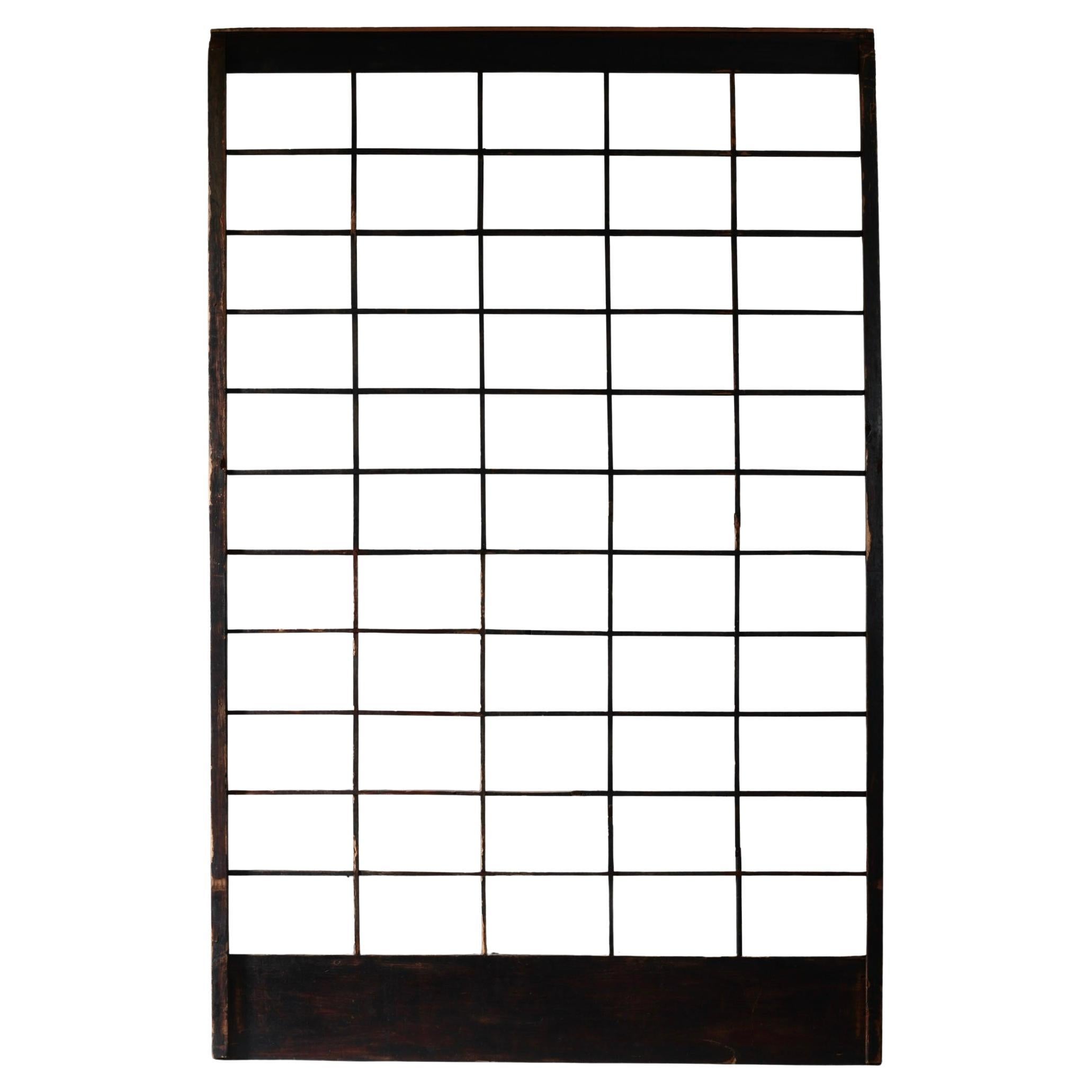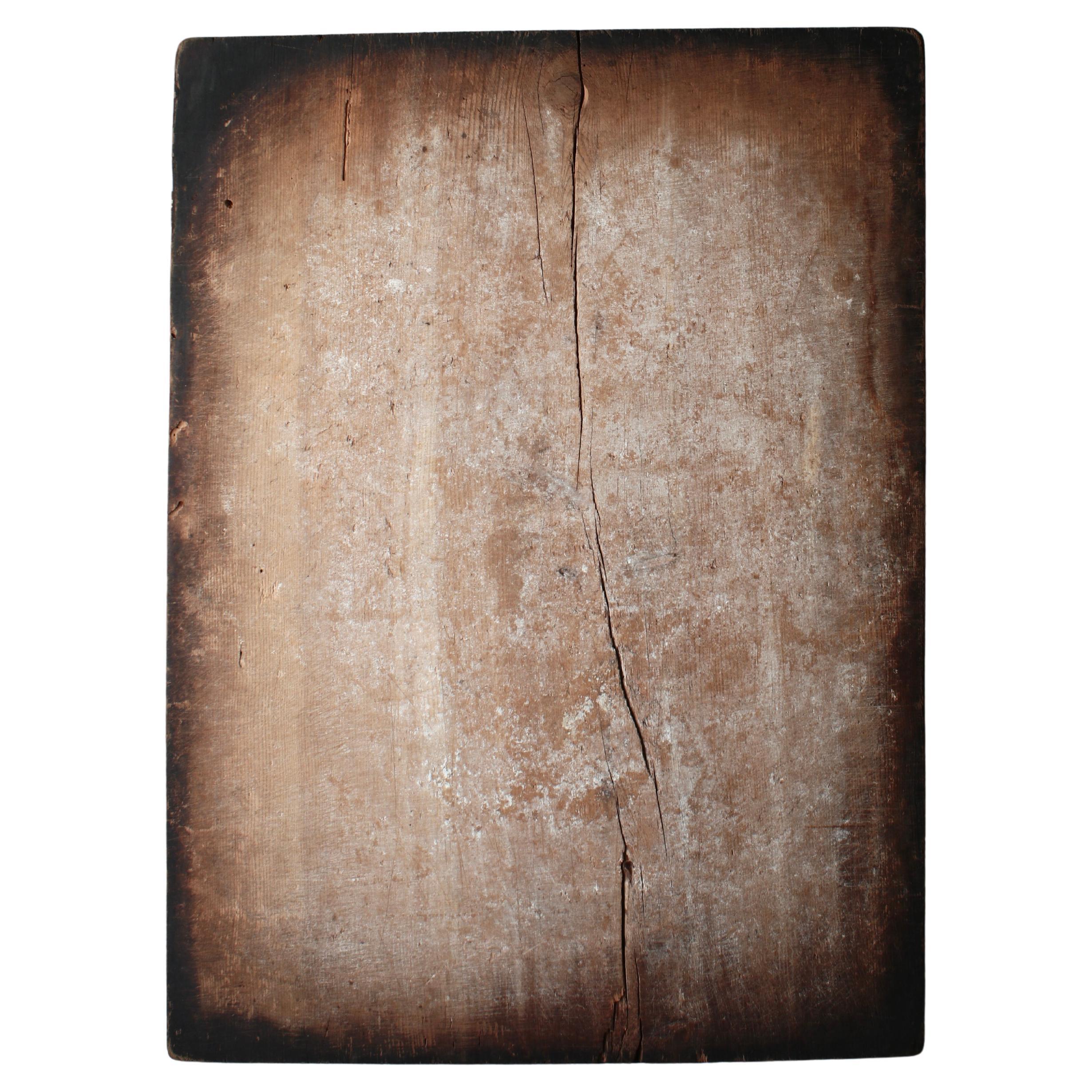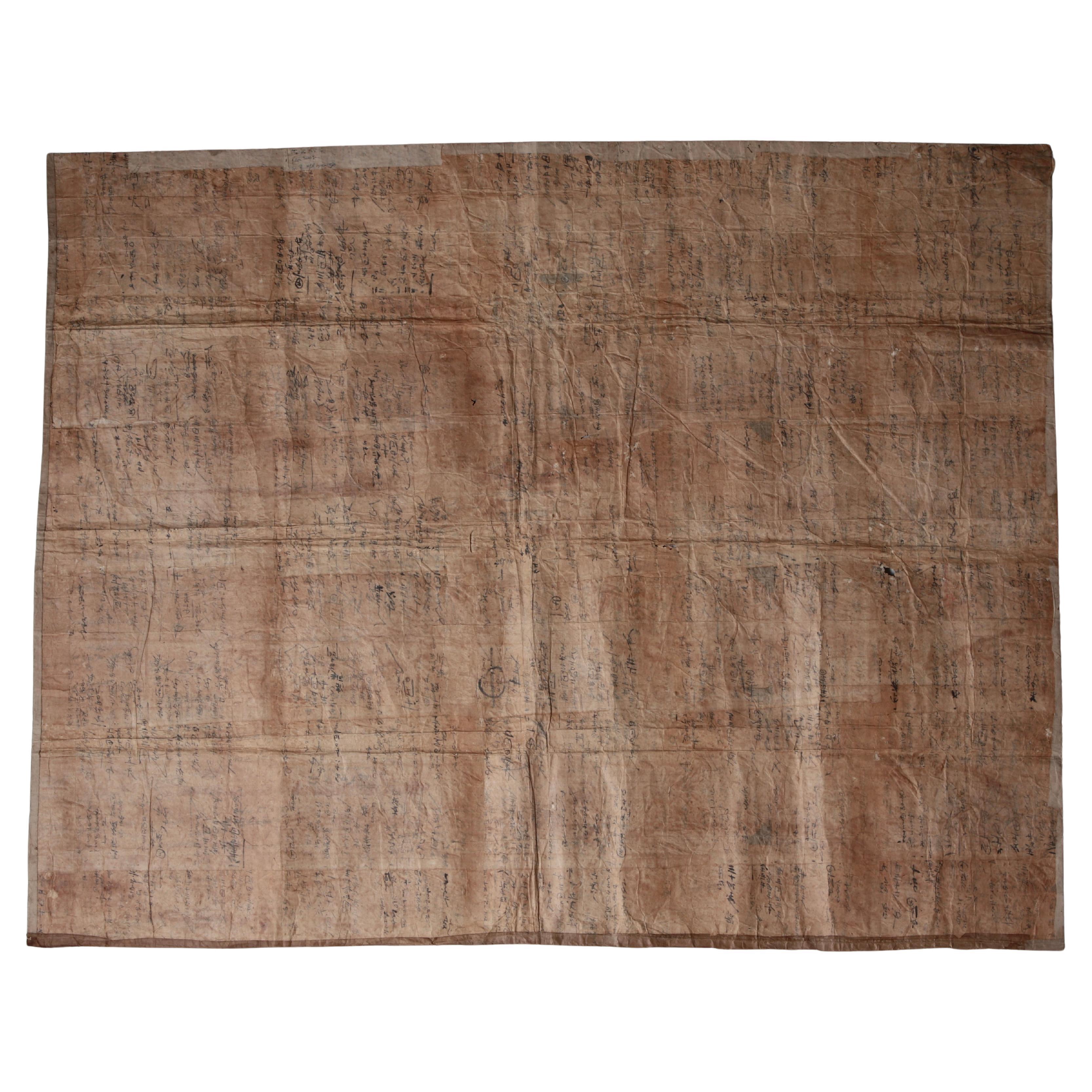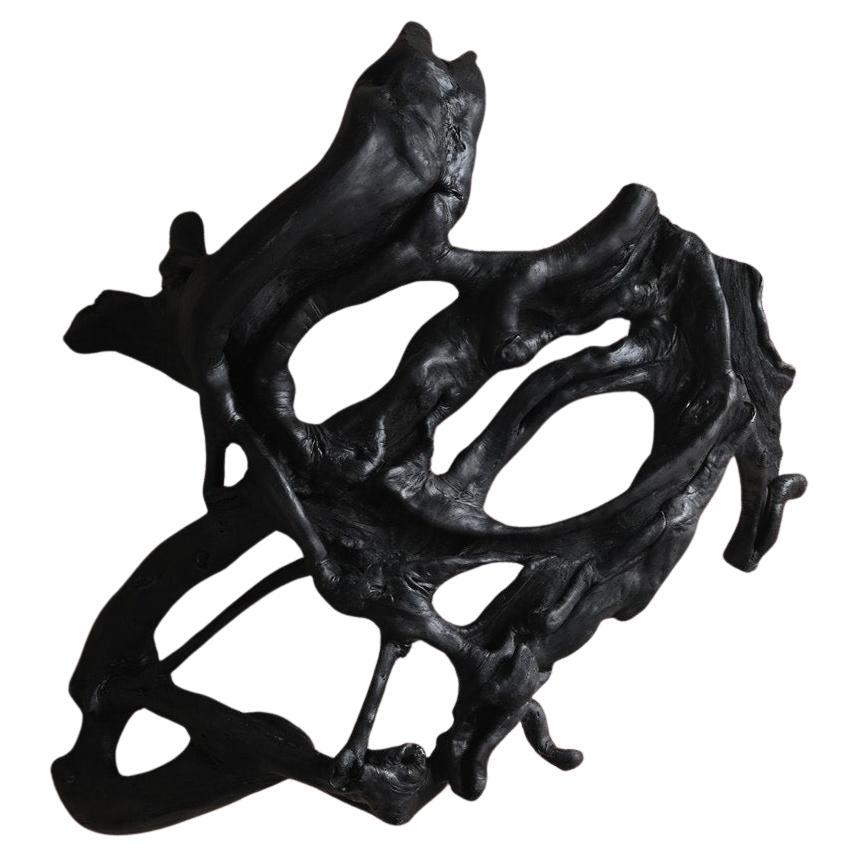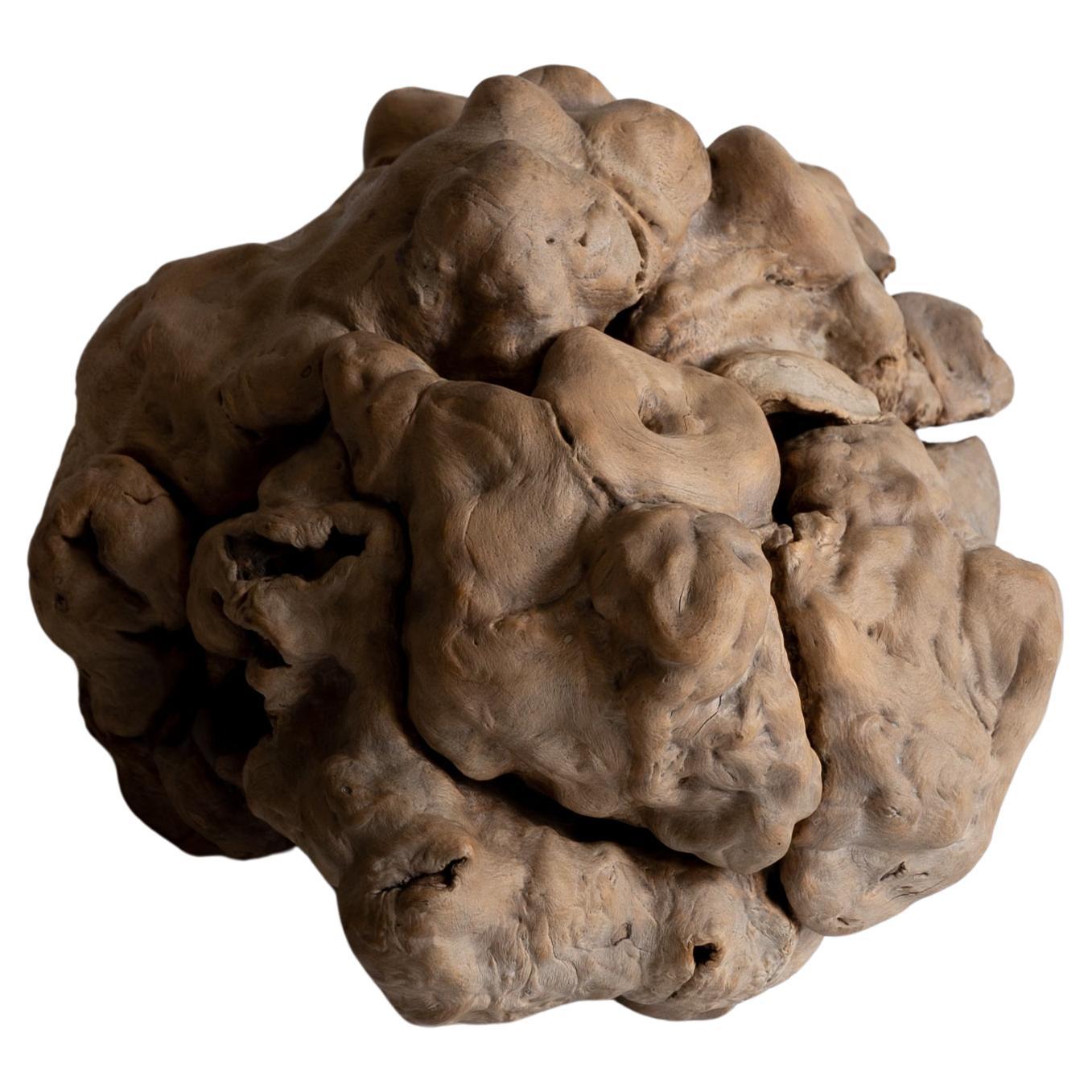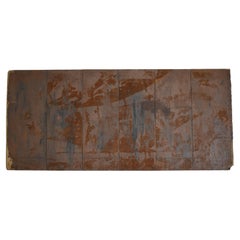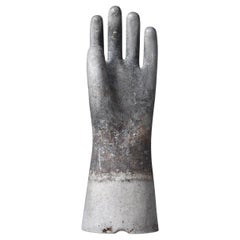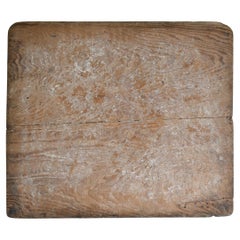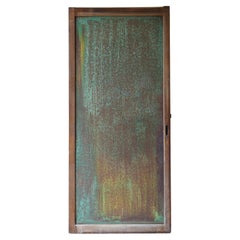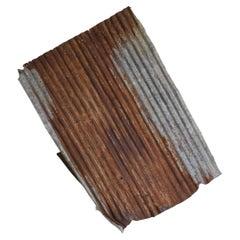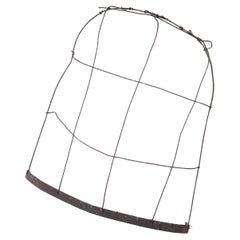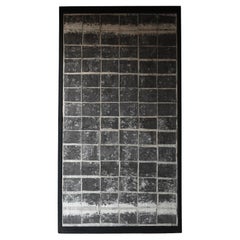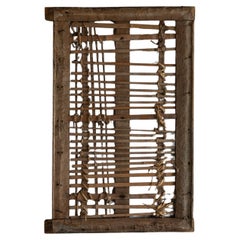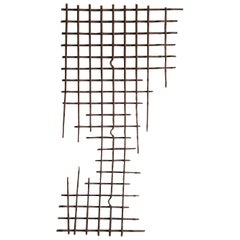
Japanese Wabi Sabi Rusted Iron Mesh 1940s-1960s / Wall Decoration Object
View Similar Items
Want more images or videos?
Request additional images or videos from the seller
1 of 11
Japanese Wabi Sabi Rusted Iron Mesh 1940s-1960s / Wall Decoration Object
About the Item
- Dimensions:Height: 38.98 in (99 cm)Width: 20.48 in (52 cm)Depth: 4.34 in (11 cm)
- Style:Showa (Of the Period)
- Materials and Techniques:Iron,Metalwork
- Place of Origin:
- Period:
- Date of Manufacture:1940s-1960s
- Condition:Wear consistent with age and use.
- Seller Location:Chōsei District Nagara, JP
- Reference Number:1stDibs: LU10403244636622
About the Seller
New to 1stDibs
Joined in the past six months.
5.0
Vetted Professional Seller
Every seller passes strict standards for authenticity and reliability
Established in 2017
1stDibs seller since 2025
Typical response time: 2 hours
Authenticity Guarantee
In the unlikely event there’s an issue with an item’s authenticity, contact us within 1 year for a full refund. DetailsMoney-Back Guarantee
If your item is not as described, is damaged in transit, or does not arrive, contact us within 7 days for a full refund. Details24-Hour Cancellation
You have a 24-hour grace period in which to reconsider your purchase, with no questions asked.Vetted Professional Sellers
Our world-class sellers must adhere to strict standards for service and quality, maintaining the integrity of our listings.Price-Match Guarantee
If you find that a seller listed the same item for a lower price elsewhere, we’ll match it.Trusted Global Delivery
Our best-in-class carrier network provides specialized shipping options worldwide, including custom delivery.More From This Seller
View AllJapanese Large Iron Plate Abstract Art 1900s-1940s / Wall decoration Wabi Sabi
Located in Chōsei District Nagara, JP
This is a door that was an iron plate door made in Japan.
It is an old fixture made in the early Showa period (1900s-1940s), with iron plates carefully stretched over a cedar wood fr...
Category
Mid-20th Century Japanese Showa Decorative Art
Materials
Iron
Japanese Old Aluminum Glove Mold 1940s-1960s / Object Wabi Sabi
Located in Chōsei District Nagara, JP
This is an old rubber glove mold made in Japan.
It was made in the Showa period (1940s-1960s), and the material used is aluminum.
Although it is a practical item that has been used f...
Category
Mid-20th Century Japanese Showa Metalwork
Materials
Aluminum
Japanese Antique Wabi-Sabi Wood Board 1860s-1900s / Wall Decoration
Located in Chōsei District Nagara, JP
This is an old Japanese wooden board called “Mochiita” (rice cake board).
It was used during the Meiji period (1860s-1900s) and is made of pine wood with a rich texture.
As the name ...
Category
Early 20th Century Japanese Meiji Decorative Art
Materials
Pine
Japanese Antique Iron-Plated Door 1900s-1940s / Wabi Sabi
Located in Chōsei District Nagara, JP
This is an old sliding door made in Japan.
This fixture was made in the early Showa period (1900s-1940s) and has a rare design.
The frame is made of solid chestnut wood, with iron pl...
Category
Mid-20th Century Japanese Showa Doors and Gates
Materials
Iron
Japanese Antique Large Door Abstract Art 1860s-1900s / Wall Decoration Wabi Sabi
Located in Chōsei District Nagara, JP
This is an old Japanese-made sliding door from an old warehouse.
It was made during the Meiji period (1860s-1900s) and is a special piece that has passed through a long period of tim...
Category
Early 20th Century Japanese Meiji Decorative Art
Materials
Iron
Japanese Old Rusted Toy Car 1950s-1980s / Object Wabi Sabi
Located in Chōsei District Nagara, JP
This is an old toy car made in Japan.
It was made in the late Showa period, and the body is mainly made of tinplate.
The tires are made of rubber, and the driver's boy is made of pla...
Category
Late 20th Century Japanese Showa Metalwork
Materials
Tin
You May Also Like
Japanese Antique Galvanised Iron 1940s-1970s/Wall Decorations Wabi-Sabi Art
Located in Sammu-shi, Chiba
This is an old Japanese tin object.
This item is from the mid-Showa period (1940s-1970s).
This tin was manufactured in large quantities during Japan's period of rapid economic growth...
Category
Late 20th Century Japanese Showa Decorative Art
Materials
Zinc
Japanese Old Iron Frame Of Winnow / Wall Decoration / Wabi-sabi Mingei
Located in Iwate-gun Shizukuishi-cho, Iwate Prefecture
This is an old Japanese winnowing basket's iron frame.
Winnowing basket is a single-mouthed or round-plate-shaped folk utensils used for sorting, transporting, and drying grains.
I...
Category
Mid-20th Century Japanese Showa Decorative Art
Materials
Iron
Japanese Antique Paper Art / Japanese Paper Wall Decoration / Wabi-sabi
Located in Iwate-gun Shizukuishi-cho, Iwate Prefecture
This is an original wall decoration made by combining antique Japanese tools.
Old paper from the Edo to Meiji periods was used and pasted together randomly.
Two pieces of paper are...
Category
Antique 19th Century Japanese Meiji Decorative Art
Materials
Wood, Paper, Straw, Cedar
Japanese Antique Door "Wall Decoration" 1860s-1900s / Abstract Art Wabi Sabi
Located in Sammu-shi, Chiba
This was a very old Japanese warehouse (kura) window sliding door.
It was made during the Meiji period (1860s-1900s).
The frame is made of cedar wood and the lattice is bamboo.
It w...
Category
Early 20th Century Japanese Meiji Decorative Art
Materials
Bamboo, Cedar
Japanese Antique Lattice Door / Wall Decoration / 1868-1912s / Wabi-Sabi
Located in Iwate-gun Shizukuishi-cho, Iwate Prefecture
This is a wall decoration made from an old Japanese door.
It is thought to date from the Edo to Meiji period.
It has a simple design and features a lattice frame made at regular in...
Category
Antique Late 19th Century Japanese Meiji Decorative Art
Materials
Cedar, Wood, Pine
Japanese Antique Wooden Board / Wall Decoration Abstract Art / Wabi-Sabi
Located in Iwate-gun Shizukuishi-cho, Iwate Prefecture
This is an old Japanese workboard.
It was called "Mochiita" and was used as a workbench for kneading flour.
It seems to be around the Meiji period.
The board is thought to be pine...
Category
Antique Late 19th Century Japanese Meiji Decorative Art
Materials
Wood
